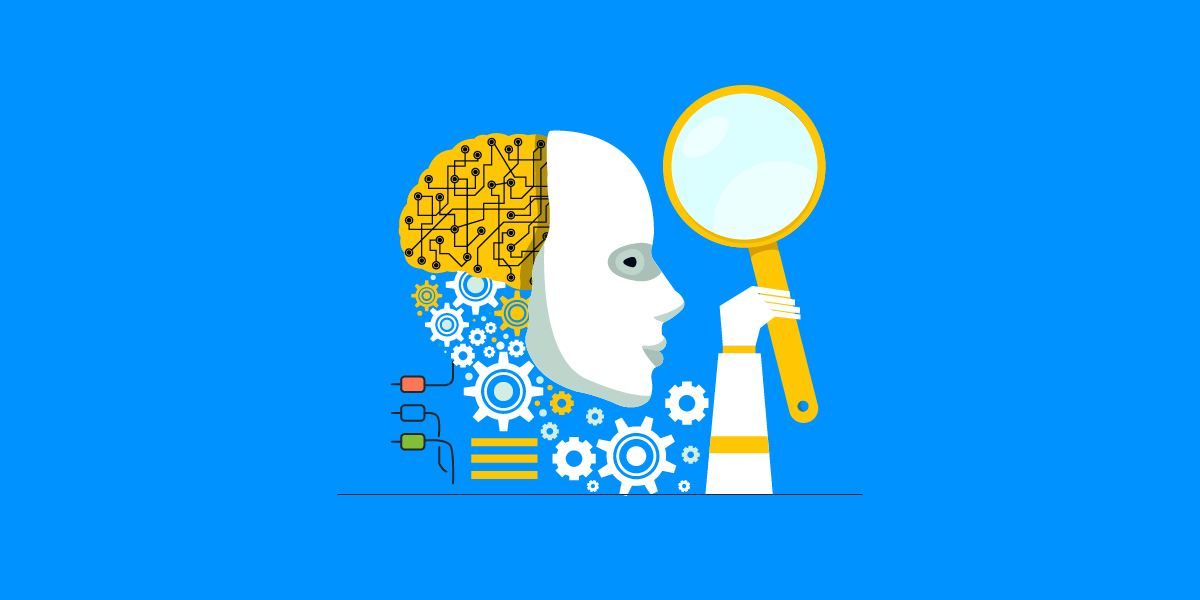
Artificial intelligence, or AI, has often been depicted as a terrifying force, from HAL 9000’s chilling declaration in “2001: A Space Odyssey” to the apocalyptic machine uprising in the Terminator movies. However, in reality, AI has become an integral part of our daily lives, with AI-powered Android devices in our pockets.
Though we may not have fully autonomous androids yet, the future of AI looks promising, especially when considering its impact on various industries, the economy, and the workforce, along with the increasing use of residential IP addresses to power AI systems.
Top AI statistics and trends in 2023
- The AI market size is projected to reach a staggering $407 billion by 2027, experiencing substantial growth from its estimated $86.9 billion revenue in 2022.
- AI is expected to contribute a significant 21% net increase to the United States GDP by 2030, showcasing its impact on economic growth.
- ChatGPT, an AI-powered language model, experienced remarkable adoption, garnering 1 million users within the first five days of its release.
- It is expected that 10% of vehicles will be self-driving by 2030, with the global market of self-driving cars forecasted to increase from 20.3 million in 2021 to 62.4 million.
- A significant 64% of businesses believe that artificial intelligence will help increase overall productivity, demonstrating growing confidence in AI’s potential to transform business operations.
- Voice search is on the rise, with 50% of U.S. mobile users using it daily, showcasing the growing prevalence of AI-powered voice assistants in everyday life.
- AI continues to revolutionize various industries, with an expected annual growth rate of 37.3% between 2023 and 2030, emphasizing its increasing impact in the coming years.
- As labor shortages become a pressing concern, 25% of companies are turning to AI adoption to address this issue, using AI to optimize operations and compensate for the lack of human resources.
- China leads in AI adoption, with 58% of companies deploying AI and 30% considering integration. In comparison, the United States has a lower adoption rate, with 25% of companies using AI and 43% exploring its potential applications.
- Concerns about AI-driven job loss persist, with a substantial 77% of people expressing apprehension that AI could lead to job displacement in the near future.
- AI could displace 400 million workers worldwide by 2030, but it is also projected to create around 97 million new jobs, potentially countering workforce displacement concerns.
- The manufacturing sector is expected to gain $3.8 trillion by 2035 due to AI adoption, indicating the significant financial impact AI can have on industries.
AI usage and consumer sentiment
- Half of U.S. mobile users use voice search daily, and more than 3 billion voice assistants were in use by the end of 2019, signaling the growing popularity of AI-powered voice interactions.
- Over 60% of business owners believe AI will improve customer relationships, while 43% of consumers believe companies will become more careful with customer data when using AI, highlighting the dual perspectives on AI’s impact on customer experiences and data privacy.
- Despite concerns about AI usage, 65% of consumers still trust businesses that employ AI technology, suggesting that responsible and transparent AI deployment can foster consumer confidence.
- Over half of respondents (54%) believe that AI can improve written content, showcasing the potential for AI-driven solutions like ChatGPT to enhance text quality and efficiency in content creation.
AI in self-driving vehicles
- 67% of Americans believe self-driving cars are safer than regular cars, and 87% prefer autonomous cars with a human driver ready to take control, illustrating the mixed public sentiment towards self-driving vehicles.
- 25 countries are currently working on designs for autonomous vehicles, and the self-driving car industry is predicted to reach an annual growth rate of 36% by 2023, with a global revenue nearing $173 billion.
The future of AI
- The AI industry could be worth more than $15 trillion by 2030, with China accounting for 26.1% of the global AI market share.
- There will be 8 billion voice assistants in use by 2023, and analysts predict the AI industry will generate revenues of $126 billion a year by 2025.
- AI is expected to create new jobs and automate laborious processes, making businesses and workers adapt to incorporate AI into their operations.
Artificial intelligence has already made a significant impact on various sectors, and its continued growth promises a transformative future. While concerns about job displacement and consumer sentiment persist, responsible and transparent AI deployment can shape a future where AI enhances productivity, improves customer experiences, and drives economic growth. Embracing AI’s potential while addressing its challenges will be crucial to shaping a bright future empowered by artificial intelligence.
Websites from where we got these statistics:
- Marketsandmarkets
- Statista
- UpCity
- GrandViewResearch
- IBM
- Forbes Advisor.
- Intelligence.
- McKinsey & Company
- WeForum
- Accenture
